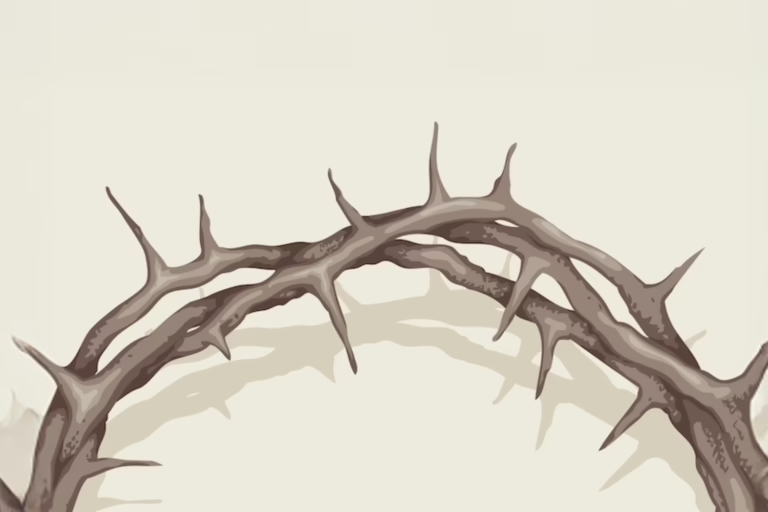Read: 2 Kings 5:15-27
I will run after him and take something from him. (v. 20 NASB)
The story begins with Naaman’s leprosy but ends with that very same leprosy clinging to Gehazi. The link between the two characters is greed. Naaman’s lust for power and wealth at the beginning of the story blinds him to the destruction he has caused. His leprosy is a symbol of his sin.
Naaman is transformed at the Jordan, where he leaves his greedy heart of stone and receives a grateful, generous heart of flesh. Gehazi, meanwhile, is dismayed that Elisha would let Naaman leave with all his treasure in tow. He pursues him with a single goal: take something, anything. After spinning a tale that gets Naaman to cough up the goods, Gehazi returns to Elisha with an air of innocence. Elisha’s judgment is swift. But his list of Gehazi’s treasures (v. 26) is exaggerated. Gehazi has taken only the first two items.
Elisha’s logic reveals his deep perception into the nature and power of greed. Gehazi had taken only money and clothes, the first items on Elisha’s list. But Naaman had no doubt at one time or another taken them all—including the final item on the list, a female slave. Elisha here deftly implies that Gehazi has set himself on Naaman’s course, and that greed will cause his own corruption, as it did for Naaman. Gehazi’s leprous behavior has now manifested itself as leprosy, which is both a caution and an invitation to us to consider our own hearts. —Travis West
As you pray, ask God to give you a generous heart.
About the Author

Travis West
Travis West is the Associate Professor of Hebrew and Old Testament at Western Theological Seminary.
- Travis West#molongui-disabled-link
- Travis West#molongui-disabled-link
- Travis West#molongui-disabled-link
- Travis West#molongui-disabled-link

